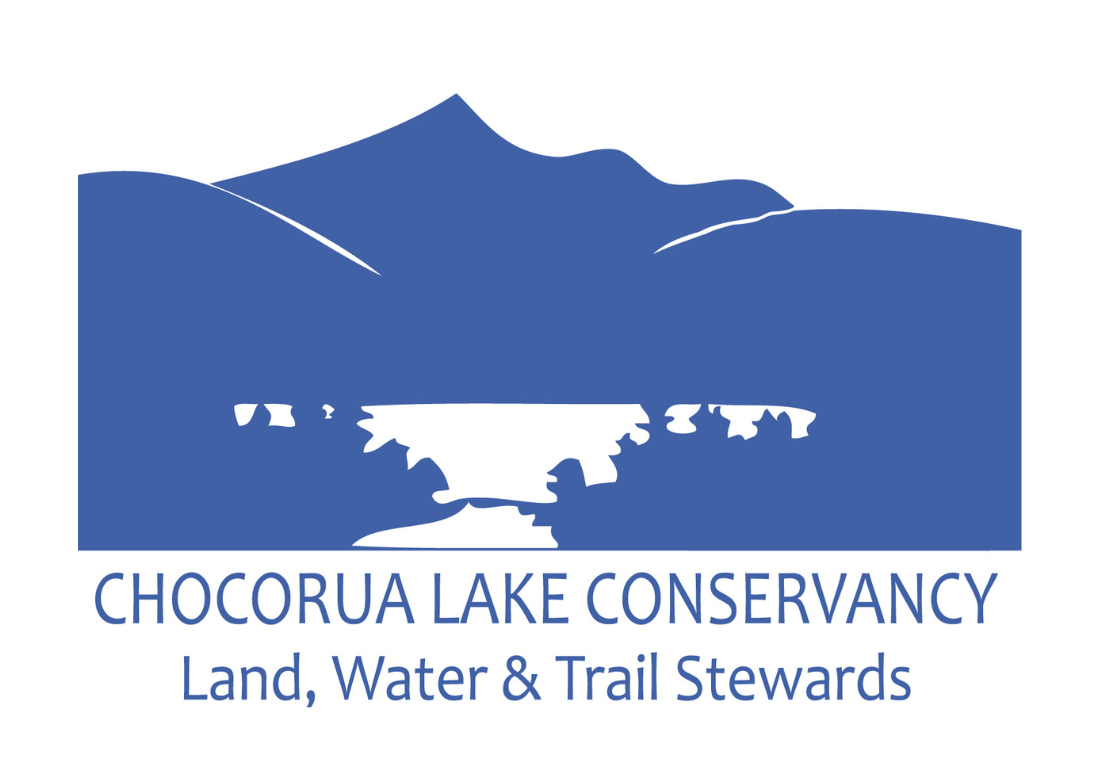Sam Haus and Debra Marnich on the Narrows Bridge at Chocorua Lake. Photo courtesy of Debra Marnich.
By Sam Haus
I was given a great opportunity during the summer of 2020 to work with the Natural Resource Conservation Services (NRCS) in Conway, NH. Despite the many challenges the pandemic posed then, my time as an intern was immensely gratifying. This was primarily due to Debra Marnich, the soil conservationist who oversaw the Carroll County field office while her supervisor was on detail in Palau. She introduced me to a multitude of conservation organizations and partners. Some examples include Tin Mountain Conservation Center, Lakes Region Conservation Trust, and the Chocorua Lake Conservancy. I also met several private landowners who worked with Deb and the NRCS to implement conservation practices on their property.
Getting to meet and work alongside a mix of organizations and individuals dedicated to conservation is something I continue doing here in Pennsylvania with NRCS. However, it was while working in New Hampshire that I first learned of the benefits that neighboring landowners and organizations can have on wildlife habitats when they share an interest in conservation. Too often, regions dedicated as refuges of native landscapes are isolated by commercially developed land, creating what is known as island habitats. Without means of connecting wildlife habitats, these islands can be devoid of biodiversity and fulfillment of their intended purpose.
A monarch butterfly perched on goldenrod. Photo: Juno Lamb
The Chocorua Lake Conservancy is an excellent success story in cooperative conservation efforts, and part of their continuing success is thanks in part to bordering private landowners. I got to see a multitude of ways the New Hampshire landowner could incorporate conservation on their land. It can be as simple as hanging a few bird houses to going as far as to convert a yard into a pollinator garden, or early successional habitat. The flexibility private landowners have with conservation efforts similarly benefits the habitat that already was there. Maintaining existing habitat is equally as important. An ongoing example from where I currently work are the tributaries for the Chesapeake Bay, and the degradation caused by agricultural runoff. Recognizing and staying conscientious of current resources is vital in ensuring future generations can have the same access.
Undertaking any conservation activity alone can be intimidating, but the good news is there are several organizations and agencies that work with and educate individuals so that all their decisions are well-informed. The aforementioned NRCS works with producers to identify resource concerns and develops goals to address them. I look back fondly on walking the New Hampshire forests with landowners and assessing the resource concerns. Each county also has a Conservation District that can assist with developing conservation plans and implementation. Another excellent resource for private landowners is UNH’s Cooperative Extension. They offer both in-person and virtual training on topics ranging from soil testing to forest management, and they are all led by seasoned professionals. A great resource for pollinator enthusiasts is the Xerces Society. Similarly to the NRCS and conservation districts, they create a pollinator plant mix that can serve pollinating invertebrates throughout the spring to early fall.
Landowners should also seek out local conservation organizations for educational opportunities. The Chocorua Lake Conservancy hosts events year-round geared towards topics on both land and water conservation efforts. Private landowners can learn from experts about the importance of water quality by reading their water quality report on Chocorua Lake and the numerous streams that flow into them, learn the importance of diversifying forest habitat type, tree and wildlife identification, pest management skills, and how to create wildlife cover for the backyard. Chocorua Lake Conservancy also has Zoom chats on a diverse list of topics led by guest speakers who have experience with the subject.
Chocorua Lake, in the foreground, from near the summit of Mount Chocorua. Photo: Juno Lamb
The time I spent working in New Hampshire were some of the best months of my life. It gave me the chance to meet an excellent group of dedicated biologists, conservationists, and farmers many of whom I am still friends with. The hike to Mount Chocorua showcases the natural beauty of the lake, streams, and woodlands of the region. From the summit, you can see all of Chocorua Lake, one of the most pristine lakes in New England—an excellent water feature for swimming, kayaking, and fishing. I highly recommend visiting the lake and surrounding properties in the Chocorua Lake Basin and soaking in the scenic beauty!
Banner image: Chocorua Lake and Mount Chocorua. Photo: Juno Lamb

